Happy Thursday! We’re in our 20s, yet somehow still way too old to understand what happened here. We think Capitol Records signed a “virtual rapper” powered by artificial intelligence to a record deal, and then immediately cut ties with that virtual rapper—which, again, is not a real person—when the algorithms supporting it churned out racially insensitive comments.
Quick Hits: Today’s Top Stories
U.S. Central Command announced Wednesday that rocket strikes by Iran-backed militants on two housing areas in Syria minorly injured three U.S. servicemembers. The U.S. responded in a “proportional and deliberate” manner, CENTCOM added, deploying attack helicopters in retaliation and killing at least two people and destroying equipment involved in the strikes. The strike follows a failed rocket attack last week, which Central Command said the U.S. answered Tuesday by bombing bunkers of ammunition and military equipment controlled by militants affiliated with the Islamic Revolutionary Guard Corps. “The United States does not seek conflict with Iran, but we will continue to take the measures necessary to protect and defend our people,” CENTCOM said. The U.S. and Iran are reportedly in the final stages of negotiating a return to the 2015 nuclear deal.
The Pentagon on Wednesday announced a $2.98 billion military aid package for Ukraine—drawn from the $40 billion appropriated by Congress in May—which will include ammunition and radar equipment alongside not-yet-built surface-to-air missile systems that won’t arrive on the battlefield for several months. President Joe Biden said in a statement the package is intended to ensure Ukraine can “continue to defend itself over the long term.”
Japanese Prime Minister Fumio Kishida announced Wednesday Japan will restart idle nuclear plants and consider developing smaller, safer nuclear reactors to boost renewable and independent energy amid surging fuel prices—a major policy reversal in a country that has avoided nuclear energy since the 2011 Fukushima nuclear plant disaster.
The Biden administration on Wednesday issued a final rule turning the Obama-era Deferred Action for Childhood Arrivals program—which protects about 600,000 young illegal immigrants from deportation—into a federal regulation. When it takes effect October 31, the rule will help protect DACA from legal challenges based on how the program was formed. It doesn’t change DACA’s eligibility requirements.
District Judge Lynn Winmill on Wednesday temporarily blocked the portion of Idaho’s near-total abortion ban that would allow law enforcement to arrest doctors who perform abortions to protect pregnant women’s health. Winmill agreed with the Justice Department that this conflicts with federal law requiring hospitals to provide abortions when a woman’s life or health is at risk. A Texas judge, however, ruled against the DOJ on the same question earlier this week. The conflicting rulings could eventually force the Supreme Court to weigh in on the issue.
President Biden announced Wednesday he has selected Kim Cheatle to be next director of the U.S. Secret Service. Cheatle—who served on Biden’s security detail while he was vice president—is currently a senior director at PepsiCo, and she will replace James Murray, who stepped down as the agency’s director at the end of July to take a job at Snapchat.
The Uvalde school board voted unanimously on Wednesday to fire Pete Arredondo, the school district’s police chief who allegedly acted as the incident commander leading law enforcement’s delayed response to the mass shooting at Robb Elementary in May. Arredondo has been on administrative leave for months, and resigned from the Uvalde City Council shortly after the massacre.
Biden’s Student Loan Base Play
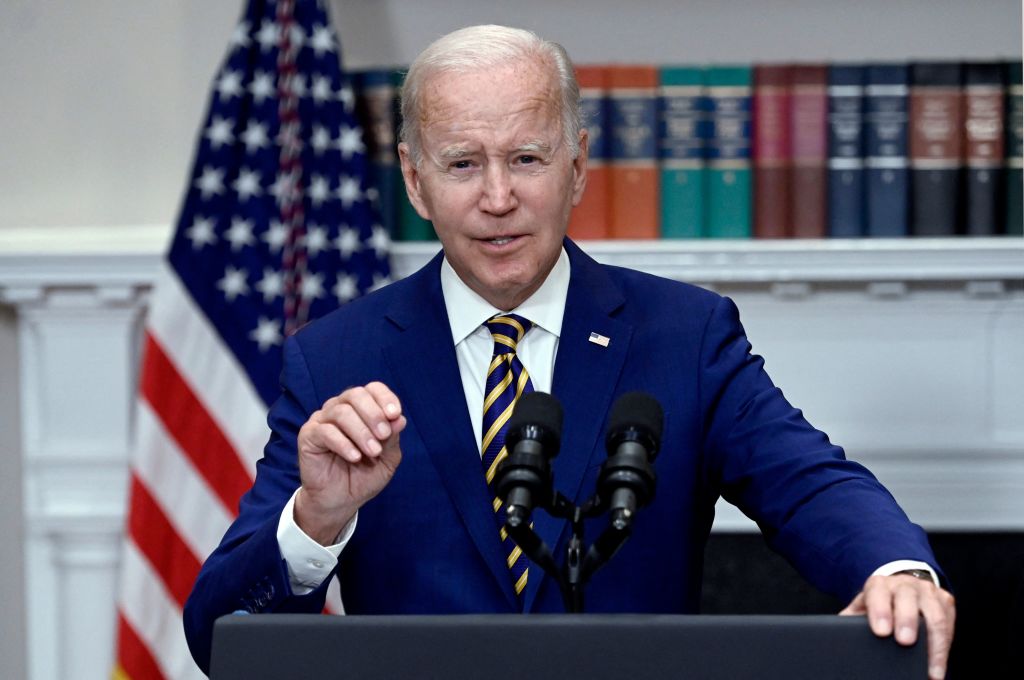
President Joe Biden unveiled a policy on Wednesday that detractors have criticized as sending the wrong message, “reckless,” “ill-conceived,” “inflationary,” not solving the underlying problem, and outside a president’s legal authority. But that’s just what Democratic Sen. Michael Bennet, Barack Obama’s top economist, the Washington Post’s editorial board, Bill Clinton’s treasury secretary, Democratic Rep. Tim Ryan, and House Speaker Nancy Pelosi had to say. Wait ‘til you hear what Republicans thought.
After deliberating for months over whether to follow through on a campaign promise, Biden formally announced yesterday he would unilaterally transfer hundreds of billions of dollars in federal student loan debt from individual borrowers to American taxpayers—though he of course dressed it up a little nicer than that. “I made a commitment that we would provide student debt relief, and I’m honoring that commitment today,” Biden said in remarks at the White House. “It’s about opportunity. It’s about giving people a fair shot. It’s about the one word America can be defined by: possibilities.”
Relying on a 2003 law intended to “support the members of the United States military and provide assistance with their transition into and out of active duty” for legal justification, the Department of Education will “cancel” up to $10,000 in federal student loans for Americans earning less than $125,000 per year, and up to $20,000 for Americans under that income threshold who received need-based Pell grants for low-income undergraduate students. If filing jointly, households earning up to $250,000 annually are eligible for the relief.
“We think that this is a classic example of what the president talks about in ‘middle up’ economics,” Bharat Ramamurti, deputy director of Biden’s National Economic Council, told reporters yesterday. “It’s going to families that really need it.”
The forgiveness—which applies only to borrowers with outstanding loans who took them out before June 30, 2022—was one prong of a three-part plan the administration laid out yesterday to, in the president’s words, “fix a badly broken system.” Under a proposed rule creating a new income-driven repayment plan, future borrowers—and borrowers with outstanding debt after the initial forgiveness—would be required to pay no more than 5 percent of their discretionary monthly income on undergraduate loans, down from the current obligation of 10 percent. Balances under $12,000 after 10 years of those monthly payments would be forgiven—the current program stipulates 20 years—and those earning less than 225 percent of the federal poverty level (about $30,500 for an individual, or $62,400 for a family of four) wouldn’t have to make any monthly payments at all.
To give these changes time to kick in and borrowers time to adjust, Biden extended the moratorium on federal student loan repayments—which former President Donald Trump started in early 2020—through the end of the year. “I’m extending to December 31, 2022, and it’s going to end at that time,” Biden said. “It’s time for the payments to resume.” Biden said at the time that his August 2021 extension would be the “final” one, and told borrowers when he extended the pause again in April 2022 to “prepare for a return to repayment.”
The Biden administration has thus far declined to put an estimated price tag on the suite of changes—Domestic Policy Adviser Susan Rice said yesterday it’ll depend on “what percentage of eligible borrowers actually take up this opportunity”—but independent projections place it in the hundreds of billions of dollars. The University of Pennsylvania’s Wharton Budget Model recently estimated that $10,000 in forgiveness for those earning less than $125,000 alone—not including $20,000 for Pell Grant recipients or the changes to the income-driven repayment plans—would cost the federal government $300 billion over 10 years, the same amount by which Senate Democrats claimed the Inflation Reduction Act would reduce the deficit. The Committee for a Responsible Federal Budget projected Wednesday Biden’s full plan would cost about $500 billion, and Jason Furman—who led Barack Obama’s Council of Economic Advisers—argued it would result in an additional 0.2 to 0.3 percentage points of inflation. “Everyone else will pay for this, either in the form of higher inflation, or in higher taxes, or lower benefits in the future,” he said.
“There’s plenty of deficit reduction to pay for the programs many times over,” Biden maintained yesterday. “I will never apologize for helping Americans—working Americans, middle-class.”
The Biden administration is adamant its plan will target the “borrowers with the highest economic need.” The White House insisted “nearly 90 percent” of relief dollars will go to those earning less than $75,000 per year, but economists across the ideological spectrum have denounced the plan as regressive, benefiting the upwardly mobile and well-off at the expense of the working class.
An estimated 45 million Americans hold some amount of student debt, but more than half of those people owe less than $20,000. An analysis published by the left-leaning Brookings Institution in January found nearly a third of all student debt is owed by the richest 20 percent of households, compared to just 8 percent held by the poorest 20 percent of households. “Beneficiaries of student debt forgiveness would be higher income, better educated, and whiter than beneficiaries of just about all other programs designed to reduce economic hardship and promote economic opportunity,” Adam Looney, the author of the Brookings paper, wrote at the time.
Beth Akers, a senior fellow focusing on the economics of higher education at the conservative American Enterprise Institute, agrees. “People who make investments in education that are financed with loans often reap the benefits of the extra million dollars in income over the course of your lifetime that’s granted by a bachelor’s degree,” she told The Dispatch yesterday, adding that about half of the $1.6 trillion in outstanding U.S. student debt is owed by graduates of or students enrolled in (often lucrative) graduate and professional degree programs. “The incremental change created by the intervention today is delivering benefits to people who are more well off, leaving out the 4 out of 5 Americans who don’t have any student debt at all—either because they didn’t go to college, or because they paid out of pocket, or have already paid back their loans.”
Aside from the plan’s questionable constitutional basis—the conservative Job Creators Network is reportedly weighing a legal challenge, though it’s unclear if it has standing—the uneven distribution of its relief seemed to be what most stuck in Republicans’ craw. “President Biden’s student loan socialism is a slap in the face to every family who sacrificed to save for college, every graduate who paid their debt, and every American who chose a certain career path or volunteered to serve in our Armed Forces in order to avoid taking on debt,” Senate Minority Leader Mitch McConnell said. Sen. Ben Sasse argued the plan “baptizes a broken system” and “forces blue-collar workers to subsidize white-collar graduate students.” Biden reportedly considered restricting forgiveness to undergraduate borrowers, but was talked out of it by White House aides who argued that would freeze some teachers and nurses from accessing the relief.
There’s a political element to this, of course, as the policy rewards a particularly vocal segment of the Democratic base that the party will need to show up at the polls in November if it’s to have any chance of holding onto either chamber of Congress. Nearly 60 percent of voters with a college degree supported Biden in 2020, as did almost 70 percent of those who went to graduate school. The Trump administration played similar favorites on a much smaller scale with cash payments to farmers struggling with the fallout of his various trade wars.
Asked directly yesterday if his move was “unfair” to people without student loans, Biden didn’t dispute the premise of the question, instead deflecting attention to Republicans’ 2017 Tax Cuts and Jobs Act. “Is it fair to people who, in fact, do not own multi-billion dollar businesses to see one of those guys getting tax breaks?” he shot back. “Is that fair? What do you think?”
Beneficiaries of the policy praised the changes but many still argued the administration didn’t go far enough. “Broad-based student debt cancellation will free millions of Americans to invest in their futures, support their families, and contribute to their communities and the economy,” said Natalia Abrams, president and founder of Student Debt Crisis Center. “While this announcement is a major win for many, it is important to stress that $10,000 will leave many others still crushed by debt.”
Senate Majority Leader Chuck Schumer and Sen. Elizabeth Warren—two of the most fervent proponents of debt cancellation—vowed in a joint statement yesterday to go further. “Make no mistake, the work—our work—will continue as we pursue every available path to address the student debt crisis, help close the racial wealth gap for borrowers, and keep our economy growing.”
Biden claimed yesterday the plan will help “both current and future borrowers,” but most experts would argue that’s only half true. “This is really an indirect subsidy to colleges and universities, who are already on the receiving end of a tremendous amount of subsidies, both from federal and state governments,” Akers said, predicting tuition costs—which by some estimates have outpaced the overall rate of inflation by 172 percent in recent decades—will continue to rise. “It makes the product or service that [colleges and universities] are selling cheaper for their consumers, the students, and that means they’ll be able to sell more of it—and potentially increase the cost.” Anticipation of additional mass forgiveness in the future will likely make prospective students even less cost-conscious when taking out loans, allowing institutions to raise prices further.
Is there anything that can be done to stop this collective-action spiral? Those looking for a silver bullet will likely be disappointed, but policymakers and schools could experiment with some ideas to potentially bring down prices: charge different tuition rates for majors with disparate salary expectations, prevent students from using federal loans at schools with low graduation rates, and require schools—not taxpayers—to eat the costs when a graduate defaults on a loan. “I think schools like ours should be at risk,” Mitch Daniels—the outgoing president of Purdue University—argued a few years ago. “If we’re going to take on students who have borrowed money, there’s so little accountability in the system right now.”
But perhaps the most successful intervention, Akers argued, would be a fundamental shift in how we think and talk about the role of higher education. “Taking emphasis off traditional higher education as the only pathway to career or success in America will relieve the demand on institutions and allow students to be more critical consumers, which will put pressure on institutions to rein in prices,” she said. “When you tell someone that a college degree is all but necessary for them to be successful in this country, you’re encouraging them to spend whatever it is that institutions want to charge.”
Worth Your Time
For more on why Biden’s student loan “forgiveness” program does nothing to address the real problems plaguing higher education, read Noah Smith’s latest Noahpinion newsletter. “It’s an ad-hoc, one-off move that does absolutely nothing to fix the deep pathologies in the way America financed undergraduate education,” he writes. “For decades, our strategy has been to limit the supply of available college seats while using subsidized loans to pump up the demand for those limited spots. So we need to ask ourselves why we’re merely applying an expensive band-aid instead of addressing the deeper issue — and why we’re still so enamored of the idea of hurling big wads of cash at already-overpriced service industries.”
Artificial intelligence is getting really good in a whole bunch of areas, from 3D-modeling and art to writing, coding, and reasoning. The progress is exciting, but it also opens up a whole new world of risk. “The conversation in Silicon Valley is starting to shift,” Kevin Roose reports for the New York Times. “Fewer experts are confidently predicting that we have years or even decades to prepare for a wave of world-changing A.I.; many now believe that major changes are right around the corner, for better or worse.” We need to get ready. “There are already plenty of Davos panels, TED talks, think tanks and A.I. ethics committees out there, sketching out contingency plans for a dystopian future,” Roose writes. “What’s missing is a shared, value-neutral way of talking about what today’s A.I. systems are actually capable of doing, and what specific risks and opportunities those capabilities present.”
Presented Without Comment
Also Presented Without Comment
Also Also Presented Without Comment
Toeing the Company Line
In this week’s Capitolism (🔒), Scott laments the ease with which the benefits of capitalism are taken for granted. “Free marketers routinely discuss the hedonic treadmill when trying to figure out why, when everything is so historically great, so many adults always seem miserable,” he notes. “Kids can be forgiven—they don’t remember what it was like to have only five TV channels, maybe six if the rabbit ears were perfectly situated.”
Modern society has become too democratic, Jonah argues in Wednesday’s G-File (🔒). Not in the sense of voting—he’s in favor of elections and all that—but that leaders know too much about their audiences, customers, and voters, allowing them to tailor their policies and products too narrowly. “We used to have a good sense that 30 percent of the country liked rocky road ice cream,” Jonah writes. “Now we know that John Hornblower of 512 Main Street, Everytown, USA, buys nine pints of rocky road every 30 days.”
Listeners to today’s episode of The Remnant will get two guests for the price of one (free), as Jonah welcomes AEI scholars Hal Brands and Michael Beckley for a discussion of their new book, Danger Zone: The Coming Conflict with China. Does the Chinese Communist Party have a historical parallel? How should the U.S. approach its “superpower marathon” with the country?
It’s another fun August episode of Advisory Opinions as David and Sarah are joined by Bruce Friedrich—founder and CEO of the Good Food Institute—for a conversation about cultivated meat and the next agricultural revolution. Is there a difference between plant-based meat and cultivated meat? What’s the environmental impact of reimagining meat production?
Because Substack, our web platform, crashed minutes before Tuesday’s Dispatch Live got going, we released an audio version of the stream as an episode of The Dispatch Podcast. Tune in to hear David, Declan, Andrew, and Audrey discuss the GOP’s Senate prospects, the political fallout of the FBI’s search of Mar-a-Lago, and Ron DeSantis’ 2024 triangulation.
On the site today, Harvest, fresh off a reporting trip to Ohio, examines how Tim Ryan is keeping the pressure on J.D. Vance in the race for the state’s open Senate seat, Daniel Darling argues recent court victories for religious liberty need to be accompanied by a return to virtue, and Franklin C. Miller points out the Biden administration has failed to release one of its most important national defense documents.
Let Us Know
Is there a “fair” way to address the reality that tuition costs have skyrocketed more than 180 percent since the turn of the century? Do you think too many Americans pursue traditional, four-year bachelor’s degrees? Should the government more strictly limit what schools, programs, and majors federal loans can be used for?
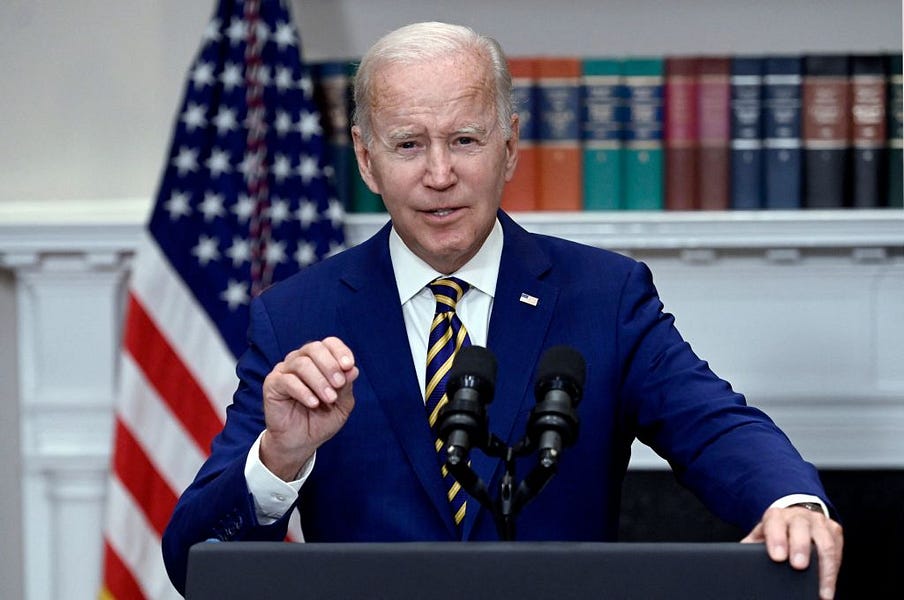

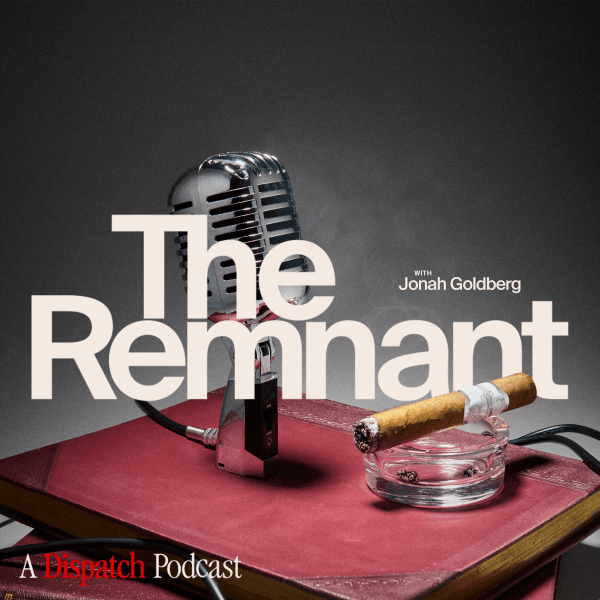
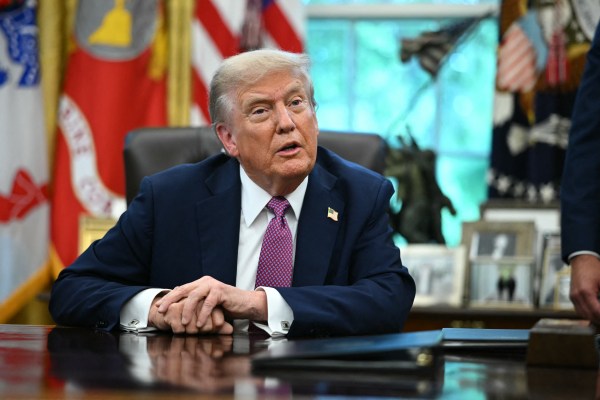
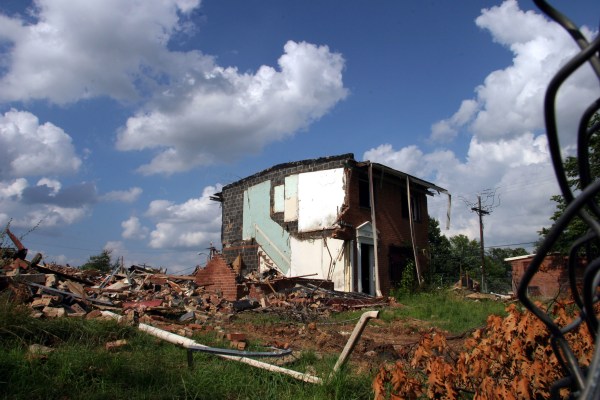
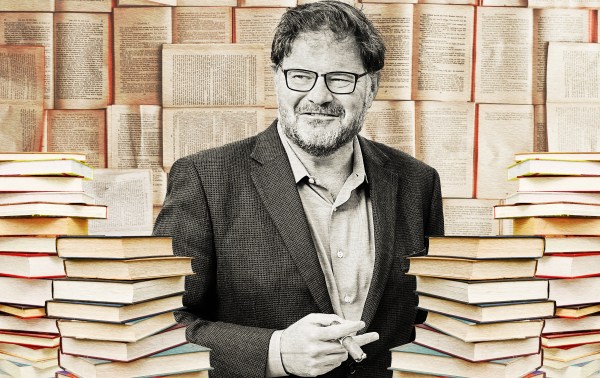
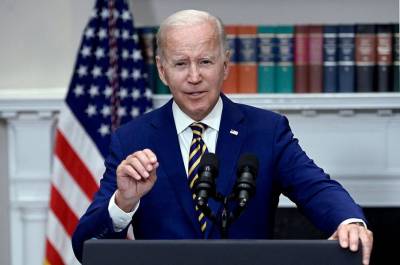
Please note that we at The Dispatch hold ourselves, our work, and our commenters to a higher standard than other places on the internet. We welcome comments that foster genuine debate or discussion—including comments critical of us or our work—but responses that include ad hominem attacks on fellow Dispatch members or are intended to stoke fear and anger may be moderated.
With your membership, you only have the ability to comment on The Morning Dispatch articles. Consider upgrading to join the conversation everywhere.